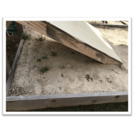
Students will create mixtures using objects they find in the garden. Also, they need to be able to write a conclusion based on observations.
- Subject:
- Physical Science
- Material Type:
- Lesson Plan
- Author:
- Out Teach
- Date Added:
- 07/22/2021

Students will create mixtures using objects they find in the garden. Also, they need to be able to write a conclusion based on observations.
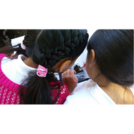
Students will observe and describe the properties of soil for texture, size, color and ability to support life.
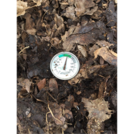
Students will use the decomposition of a compost pile to visualize fractions as parts of a whole.
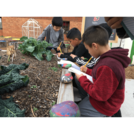
Students will explore the ways that plants get recycled into soil/food for other plants.

Microorganisms in action!

The purpose of the resource is to produce a land cover type map from the digital file of a Landsat satellite image using MultiSpec software.
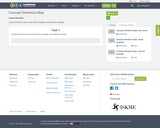
Contains teacher cover sheet, blank template, and student example.
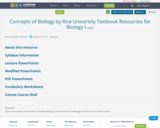
This is information to be used for a General Biology I (or Introduction to Biology) course for non-science majors.
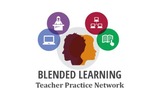
How can we conduct scientific research so that we have evidence to support a claim?Students in this problem-based learning module are invited to design a testable question to guide Scientific Research, Evaluate the pH of various solutions, Identify Variables, Conduct a Scientific Investigation, and Analyze/Communicate results. How can we conduct scientific research so that we have evidence to support a claim? Antacid tablets are a multi-billion dollar industry. Claims are made regularly by certain brands that their extra strength tablets contain “DOUBLE the acid neutralizing power per tablet of regular strength antacids.” How effective are antacids? Are double-strength antacids twice as effective as regular strength antacids? Have you ever noticed a parent/guardian/family member take an antacid tablet? Stomach chemistry is about acids and bases. When the pH of a stomach is too acidic then it might make the person have a stomach ache. In some cases “heartburn” or “acid reflux” are used as terms to describe the problems some people face. Antacids are usually basic which, when taken, might help raise the pH level in a stomach thus making a person feel better.You are invited to design an investigation with a partner, or a team of 4 students, to test your own idea about the effectiveness of antacids. The challenge? Have a driving question, clear variable identification, and an analysis of your results. Materials for your test will be provided to you by your teacher. At the culmination of your investigation your design team will make a 30-second pitch on your phone to show at your family Thanksgiving meal to explain the benefits (or negatives) of using antacids, and how antacids work.
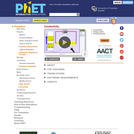
Experiment with conductivity in metals, plastics and photoconductors. See why metals conduct and plastics don't, and why some materials conduct only when you shine a flashlight on them.
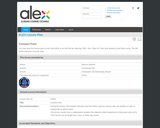
During this lesson, the students will learn how the Earth's spheres interact with one another in order to support life on planet Earth. This lesson results from a collaboration between the Alabama State Department of Education and ASTA. *This lesson can be taught over a two- to three-day period.

This article describes six collaborative and real data projects that engage elementary students in collecting and sharing local data and communicating with students across the country and world.
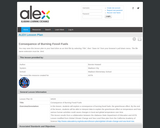
In this lesson, students will explore a consequence of burning fossil fuels: the greenhouse effect. By the end of the lesson, students will be able to interpret data to explain the greenhouse effect on temperature and how various human activities could cause changes in local and global temperature over time. This lesson results from a collaboration between the Alabama State Department of Education and ASTA. Lesson modified from Global Climate Change and Sea Level Rise plan from the California Academy of Science http://www.calacademy.org/educators/lesson-plans/global-climate-change-and-sea-level-rise .
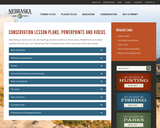
This website has a lot of great Nebraska Specific lesson plans and resources that teachers could use to enhance their science lessons.
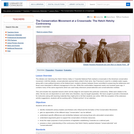
Students use Library of Congress primary sources to examine the controversies inherent in conservation programs.

The purpose of this activity is to construct a model that will provide students with a visual representation of parts per billion. Students work in teams to construct cubes of different volumes and to compare them to get a feel for parts per million by volume and parts per billion by volume. The intended outcome is that students gain a feeling for the small quantities of gases, such as ozone, present in the Earth's atmosphere.
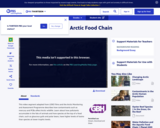
The levels of contaminants found in particular animals vary widely depending on where they fit into the Arctic food chain, as described in this video segment adapted from LOKE Films and the Arctic Monitoring and Assessment Programme.
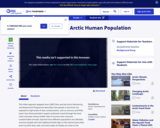
In this video segment adapted from LOKE Films and the Arctic Monitoring and Assessment Programme, learn how human populations in the Arctic are affected by industrial contaminants in the food chain.
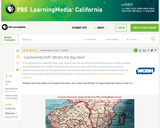
In this lesson designed to enhance literacy skills, students learn how the theory that explains the position of Earth's continents was established and later modified, and gain important insights into how science and the scientific community operate.
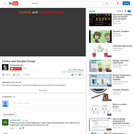
This video explains the different part of an experiment and all the components that need to be included to be a valid test. Good for vocabulary and getting a deeper understanding of how the variable group and the control group connect. Also introduces independent and dependent variables and does a nice job of illustrating how they relate to each other.